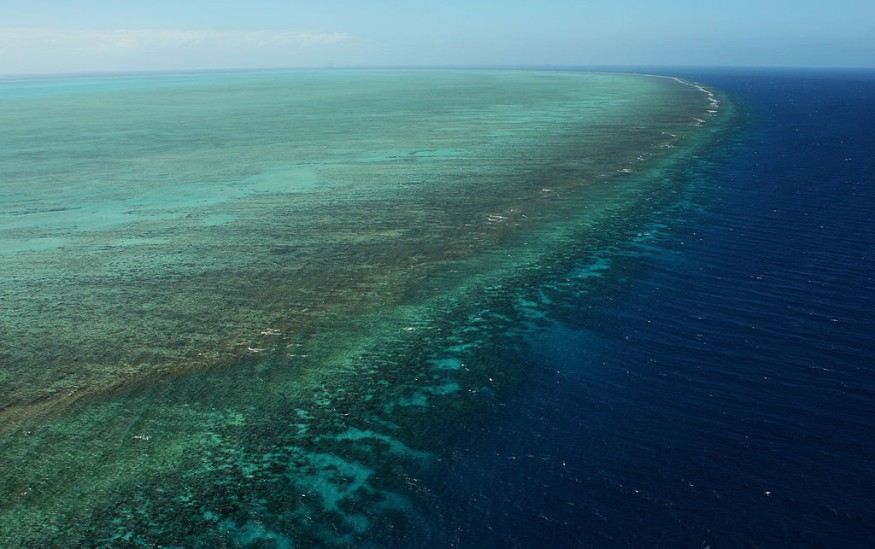A research released on Thursday claims that portions of the Great Barrier Reef have had their greatest coral cover levels in the 36 years since the Australian Institute of Marine Science (AIMS) started monitoring.

Historic Development
According to an AIMS assessment of 87 reefs, the average hard coral cover in the upper and central portions of the reef rose by around one-third between August 2021 and May 2022.
For the iconic reef, which endured its sixth major bleaching episode in March, it's a rare bit of good news.
The results in the north and central areas, according to AIMS CEO Dr. Paul Hardisty, indicated that the reef might recover from widespread bleaching and infestations of coral-eating crown-of-thorns starfish.
He noted, however, that the reef may still be vulnerable to dangers like marine heatwaves, given the loss of coral cover in other parts of the reef. The paper also stated that these disturbances, which can potentially halt coral development, are expected to occur more frequently and remain longer due to climate change.
Dr. Mike Emslie, the team leader for the AIMS monitoring program, claimed that Acropora corals proliferate and are "especially sensitive" to coral bleaching, wave damage from tropical storms, and starfish predation was mostly responsible for the rise.
According to Emslie, this indicates that on reefs where Acropora corals predominate, significant gains in hard coral cover can be swiftly reversed by disturbances.
Cherry Muddle, a campaigner for the Great Barrier Reef with the Australian Marine Conservation Society, issued a warning, noting that despite the report being a sign of development, the reef is still in danger.
This growth is encouraging and demonstrates that the reef is resilient and dynamic, but it doesn't take away from the reality that the reef is in danger, Muddle told CNN.
Still In Danger
Since 2016, four of the reef's six major bleaching episodes have occurred. According to the Great Barrier Reef Marine Park Authority (GBRMPA), the most recent happened in March of this year, when 91 percent of the reefs examined were affected by bleaching. It's far more prevalent than in 2020 when approximately 25% of the reefs assessed exhibited symptoms of severe bleaching.
The GBRMPA issued a warning that "events that generate disruptions on the reef are becoming increasingly common" in a report from May.
Warmer water temperatures cause the corals to respond under stress and bleaching. However, this year's coral bleaching was the first time it took place during La Nia, a weather phenomenon typically marked by cooler-than-normal temperatures over the equatorial Pacific Ocean, according to GBRMPA experts.
Hurting the Corals
The frequency of the significant bleaching occurrences is worrying, according to Jodie Rummer, associate professor of marine biology at James Cook University in Townsville.
We're losing that window of recovery, according to Rummer, who stated to CNN in March that "even the most robust corals take over a decade to recover." "We're experiencing back-to-back heat waves and bleaching episodes, and the corals aren't adjusting to these new conditions."
To spur action to rescue the reef, several public personalities, including "Aquaman" star Jason Momoa and ocean expert Philippe Cousteau, have asked for UNESCO to include the natural marvel on its "in danger" list.
Related Article : Ocean Warming Makes the Water 'Louder,' Impacting Marine Life
For more Environmental News, don't forget to follow Nature World News!
© 2026 NatureWorldNews.com All rights reserved. Do not reproduce without permission.





